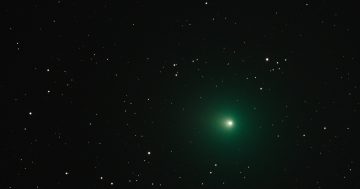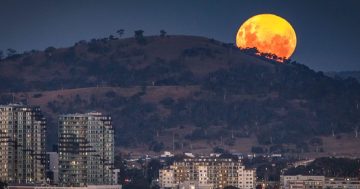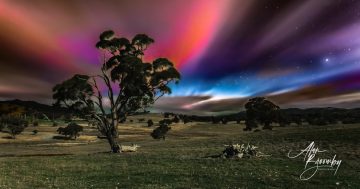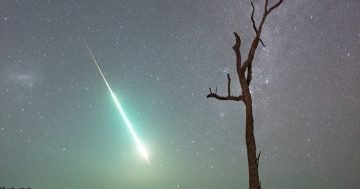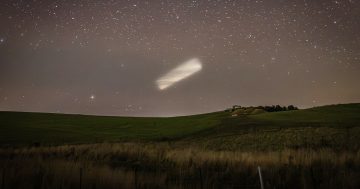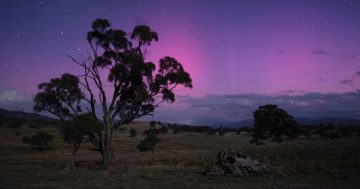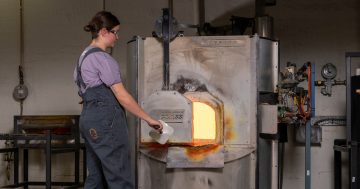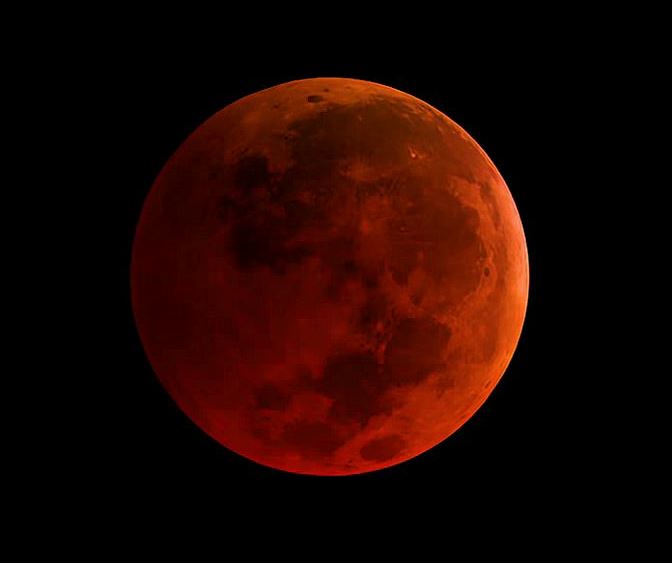
A blood moon will take place on 31 January. Photo: NASA.
The Australian National University says stargazers are in for a once in a 150-year treat this week, with a super red blue Moon illuminating the night sky on January 31.
Experts say that in a rare piece of cosmic synergy, the second full Moon of the month, which is known as a Blue Moon, coincides with a total lunar eclipse (Red Moon) and the Moon being at one of its closest points to Earth in its orbit, called a supermoon.
Viewers will see a blood Moon – a Moon coloured bright red as the Earth’s shadow passes over it.
ANU Astrobiologist Associate Professor Charley Lineweaver said Canberrans would have some of the best seats on Earth to view the super red blue Moon.
“Unlike most of the world, we will be able to see the eclipse from beginning to end,” said Associate Professor Lineweaver from the ANU Research School of Astronomy and Astrophysics (RSAA).
“Another perk of this celestial show is that the Earth’s shadow will not pass over any old full Moon, rather, it will pass over a super Moon – it will be closer and brighter than usual.
“Thus, we will witness a super red blue Moon … a cosmic syzygy even rarer than a Blue Moon.”
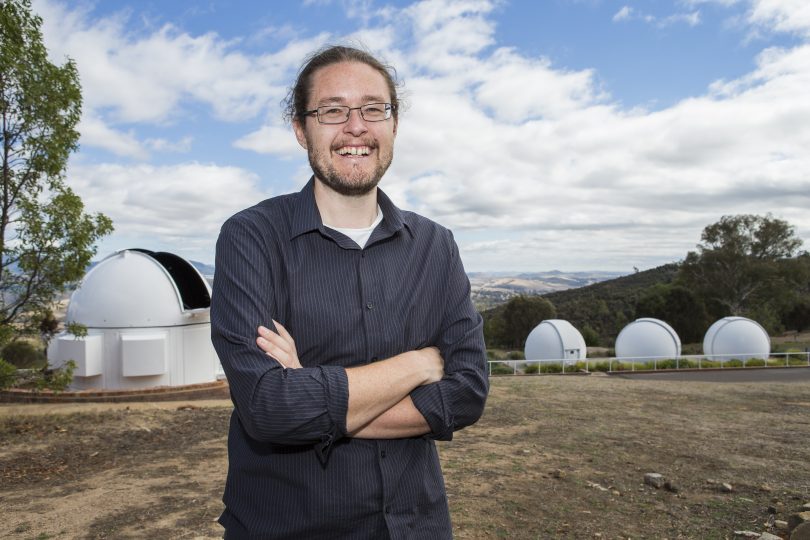
Dr Brad Tucker. Photo: ANU.
Astrophysicist Dr Brad Tucker from the RSAA said the super red blue Moon was a great chance for people to develop an interest in astronomy without needing to invest in a telescope.
“Lunar eclipses are great as you do not need any special equipment. A camera is good to take some great shots but you can also enjoy it safely with your eyes, unlike a solar eclipse,” Dr Tucker said.
“Since the orbit of the Moon varies (wobbles) by about five degrees, the Moon is not always in perfect alignment with the Sun and the Earth, so that is why we do not get a lunar eclipse every lunar cycle.
“For those in the east of Australia, the eclipse will start just before 10 pm, with the total lunar eclipse (when it is red) starting just before midnight, and lasting just over an hour until around 1 am.”
The last super red blue Moon happened in March 1866.












